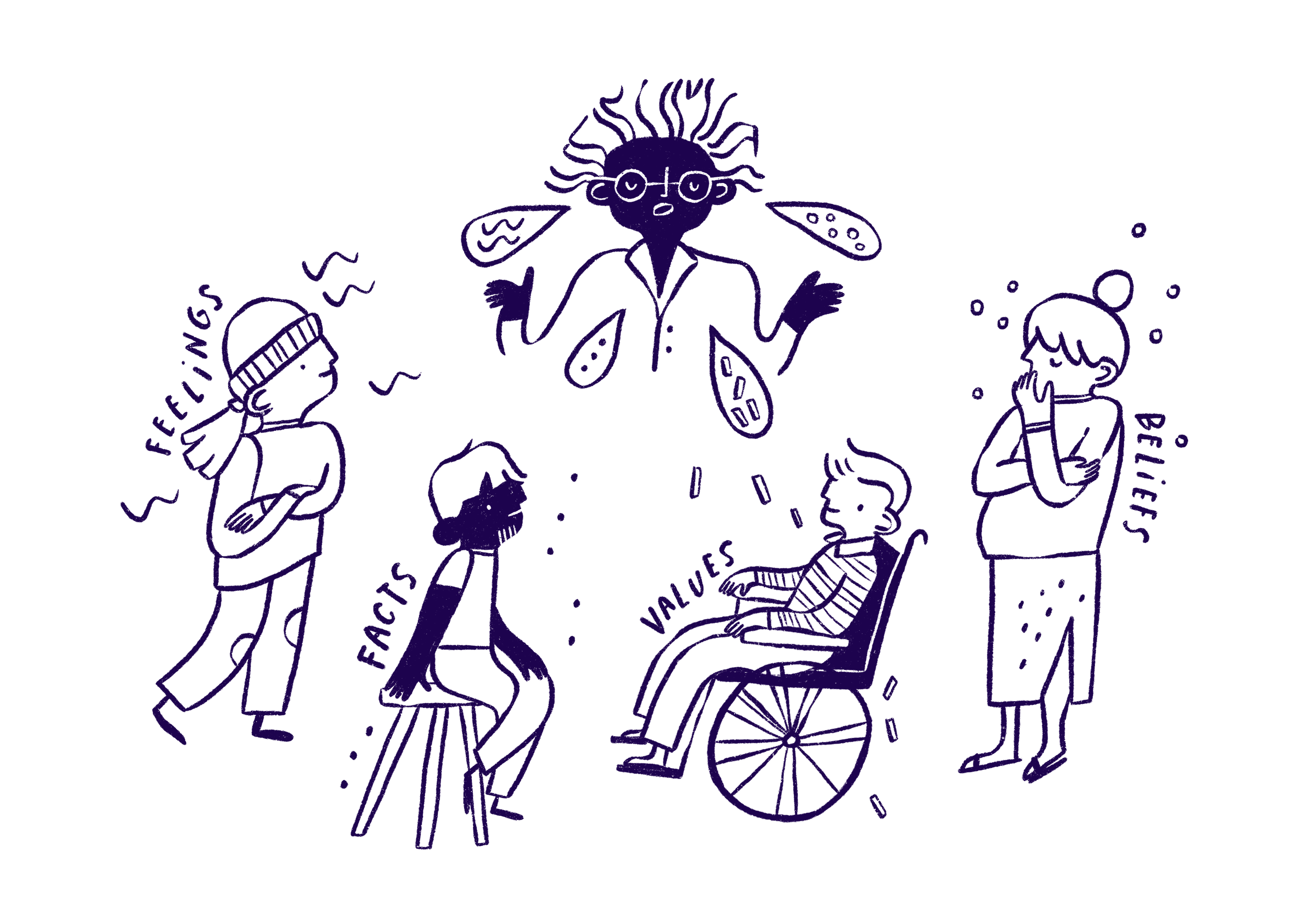How to Understand Communication Styles and the Importance of Listening
Communication is the cornerstone of any relationship, and we all have different communication types and styles. Knowing your own preferred way of communicating is the first step in understanding; when someone communicates with you in a way that is unhelpful to you, so that you can translate it, and respond rather than react to what is a negative interaction for you.
Are you listening or hearing? What are they communicating and how?
Giving yourself full attention to what another person is saying and being heard yourself is extremely important in resolving conflict because:
You must be able to hear everything the other person is saying before you can find a way to reach agreement with them. This does not mean allowing them to shout and scream at you, and this is why boundaries are important.
When someone is really being listened to they often feel more willing to cooperate with others and find solutions.
When you understand someone’s else’s communication style, it lowers our anger response and builds acceptance.
Reflective Listening
Reflective listening is truly understanding the other person’s model of reality, which can be very powerful and healing.
We are all hearing but are we really listening??
What's involved in affirmed listening? This is an important resilience and self care tool, to be able to be felt heard and listened to. It is also a good tool to use with our children and others in our life.
Try not to interject or talk during the time when you are listening.
If the person is struggling, then of course say a few words, maybe reflecting back what you’ve heard so far, but try not to give advice or guidance.
Only ask open questions if the speaker is struggling or to clarify something.
Maintain eye contact.
Look Interested.
Have open body language.
Nodding.
Facial expressions, eg smiling.
It’s ok to be in silence and just be in that moment, it is a good chance to feel comfortable with silence.
It may feel difficult to tune in and really listen to the person to begin with.
Hearing and Demonstrating That You’ve Heard
It feels so good to feel that you have been heard, understood and accepted. On it’s own it is very powerful and can even reduce emotional arousal, and even help someone see their situation more clearly.
Validates Feelings
Reflecting back to someone the emotional content of that they have heard demonstrates that you have heard and understood them and their experiences.
Communication Styles:
Feelings, Personal:
You like to communicate with emotional language
You like to focus on thoughts and feelings
Conflict and disconnection might affect you
Might struggle to maintain boundaries
For example: “We went to the park and had so much fun, little one was happy and laughing. I had so much fun.”
Might prefer to see pictures to get the emotion from something. More visual and emotional.
Facts, Analytical:
You like to communicate with specific language that doesn’t need interpretation, facts and data are your comfort zone. You listen out for what time, day, where was it names etc.
For example “Little one had xyz to eat, slept for x amount of hours.” A boss might like to know the data and stats rather than a case study of the impact of your work.
Might need some time to analyse things and might need to mull things over.
Summary, Intuitive:
You like to look at the whole picture and therefore prefer to communicate in summaries, getting straight to the information needed and are creative in your way of thinking. their take on the situation, would this be different to yours? Can you see it from the other person’s point of view?
For example “Little one had a meltdown this morning otherwise a good day.” Or a family member when talking about their holidays might say “It rained on Monday but overall we had a lovely time.”
Functional:
Underlying what is important to this person e.g. family, respect, trust etc. You like to communicate in detail
Likes a logical order with a thought out plan
You often don’t miss details and need to ask questions about things
You can become frustrated when you don’t have all of the information
For example: Prefer to to be told every detail, a co parent may benefit from a detailed handover sheet. Someone also might need time to process and reflect on the information.
Sometimes that person's beliefs or how they view the same situation will be completely different to you. Especially when you are dealing with an extremely difficult or abusive person. Their beliefs may in fact be gas lighting. Or the saying ‘there are 2 sides to every story.’ Sometimes the beliefs of the situation aren't the most important part to listen to.
Let’s have another look…
Not everyone communicates in the same way. Some of us speak quickly and confidently, while others need time to gather their thoughts. Children are no different. You might have one child who’s full of questions and chatter, and another who goes quiet when something’s wrong.
Here are a few communication styles you might recognise in yourself or your family:
Fast thinkers – respond quickly, often verbal processors.
Quiet processors – need time to think before speaking.
Emotional communicators – show more through tone or body language than words.
Avoiders – shut down or change the subject when things feel uncomfortable.
Why Some People Need More Time
Needing more time to process doesn’t mean someone is ignoring you or being difficult. It might mean:
They’re overwhelmed and can’t find the words yet.
They’re trying to avoid conflict or say the “right” thing.
They’re still making sense of their feelings.
They process information more internally than verbally.
They’ve learned (especially from past experiences) that speaking too soon can backfire.
This can be especially true for children who are navigating big feelings, for parents dealing with stress or burnout, and for anyone recovering from difficult relationships or trauma.
What This Looks Like in Everyday Life
Have you ever asked your child, “What happened at school today?” and gotten a shrug? Then hours later, just before bedtime, they open up?
That’s processing time in action.
Or maybe someone gives you advice or asks a big question – and you don’t know how to respond straight away. That’s your brain saying, “I need a minute to think.”
Giving people (and ourselves) time to process is not only kind — it’s necessary.
Tips for Supporting Different Communication Needs
Here are a few ways to create more space and understanding in how we communicate:
Pause before pushing for answers. Try: “It’s okay if you don’t know right now – we can talk later.”
Let children know it’s safe to take their time. Sometimes, writing or drawing helps them express what’s hard to say.
Give yourself permission to say, “Can I get back to you?” Especially when dealing with school, benefits, or emotional conversations.
Notice non-verbal communication. A sigh, a look, or body language can say just as much as words.
Model slow communication. Saying, “I’m just thinking for a second” shows your children that pausing is normal.
It’s Not About Getting It Perfect
There’s no “right” way to communicate — just ways that feel safe, respectful, and human. As single parents, we often put pressure on ourselves to handle everything instantly. But slowing down and honouring how we and our children process things gives everyone the chance to be better understood.
So next time you feel that urge to fill the silence or rush a decision, take a breath. Trust that sometimes the best things come after a little pause.
You deserve space to think, too.


